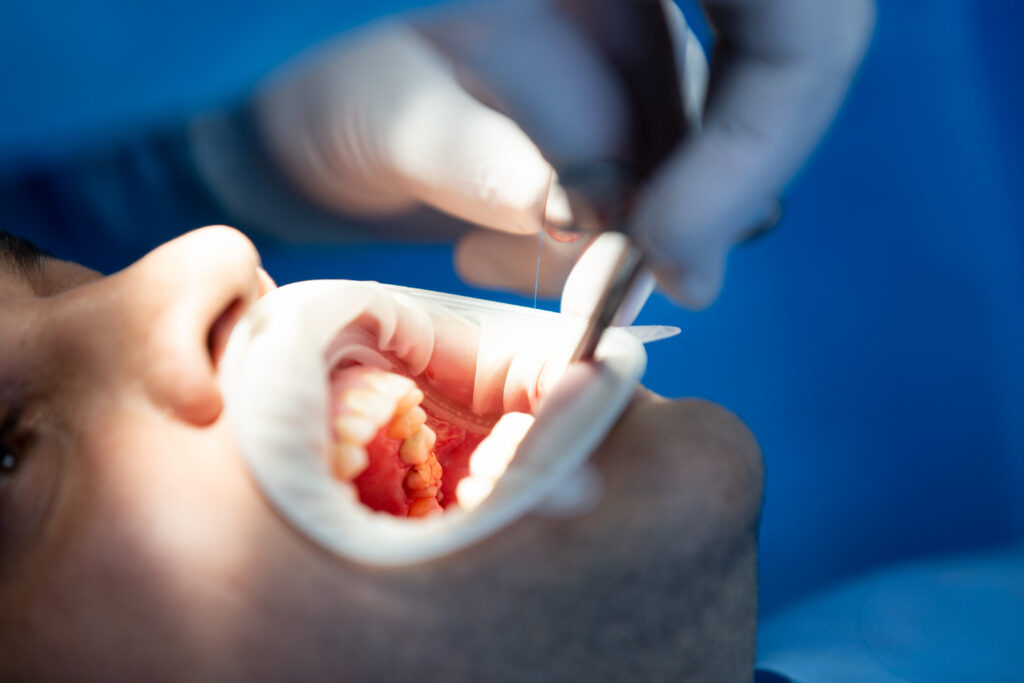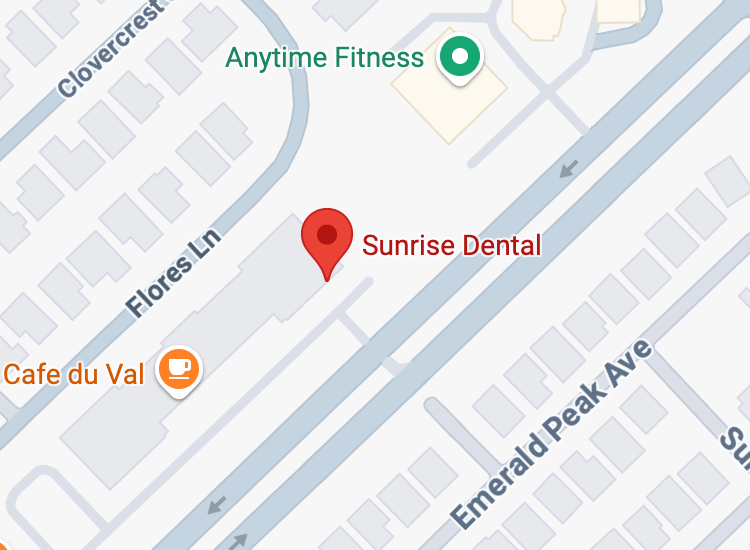(702) 270-8880
1550 W Horizon Ridge Pkwy Ste S Henderson, NV 89012
Pulp Capping and Pulpotomy Treatment in Henderson

Pulp capping and pulpotomy is an important dental procedure that helps preserve the health of the tooth’s pulp. The pulp is the deepest part of the teeth that contains all the nerves and blood vessels. The treatment is necessary when the pulp of the tooth is exposed or injured because of decay, trauma, or other dental issues. If you have any questions or believe that you may need treatment, give our office a call to schedule an appointment at (702) 270-8880.
Pulp Capping and Pulpotomy Procedures
Pulp Capping
- Direct pulp capping- This procedure is done when the pulp is exposed after removing decay or because of an injury. A biocompatible material, which is usually dental cement or another medicated agent, is placed over the exposed pulp to help heal the pulp and keep it healthy.
- Indirect pulp capping- This procedure is done when the pulp is not exposed but is very close. A protective layer is placed over the dentin of the tooth which is above the pulp to prevent exposure and support the healing process.
Pulpotomy
- Application- This procedure is usually performed on baby teeth and consists of removing the diseased pulp of the tooth while leaving the healthy part.
- Procedure steps- After removing the decay, the doctor will remove the pulp of the tooth that has decay. The rest of the healthy pulp in the root is treated with medicine and covered to promote healing.
- Benefits- A pulpotomy can save a tooth from being extracted, this is important for keeping the permanent teeth.
Material Used in Pulp Treatments
- Biocompatible agents- The most common agents that are used include calcium hydroxide, mineral trioxide aggregate (MTA), and biodentine. These materials are used to help with the healing process and save the pulp of the tooth from decay.
- Advancements in materials- Because of the advances in the dental world, this has increased the rate of success for these types of procedures.
Aftercare and Followup
- Post-treatment care- This usually means avoiding chewing on the area until a permanent restoration is placed.
- Monitoring success- Attending follow-up appointments is very important to make sure that the doctor is able to evaluate the success of the treatment and make sure that there are not further adjustments that need to be made.
Common Myths
Myth: Pulp treatments are temporary and inevitably lead to root canals.
Fact: With the expertise of our endodontist, the pulp capping and pulpotomy procedure can help the tooth get back to its health and avoid needing further treatments like root canals.
Myth: These procedures are extremely painful.
Fact: Since the procedure is performed under local anesthesia, it is unlikely that you will feel pain during the procedure. Any pain after the anesthetic wears off is usually minimal and can be managed with over-the-counter pain relievers.
Myth: Pulpotomy is only for children.
Fact: This procedure is performed most in children. However, this procedure can be done for adults as well.
The pulp capping and pulpotomy procedure is an important part of preserving the tooth and avoiding a tooth extraction. The benefits can help with the overall health of the tooth and can maintain the ideal oral health. If you have any questions or are experiencing dental pain, give our office a call at (702) 270-8880.
Frequently Asked Questions
Pulp capping and pulpotomy are both dental procedures that treat and save the tooth’s pulp when it’s affected by decay or by a dental injury. Pulp capping is done when the decay is very close to the pulp but hasn’t quite reached it yet. A protective layer is placed over the area to help the pulp heal. A pulpotomy is needed when decay or injury has reached the pulp. This procedure removes the diseased part of the pulp to prevent further infection while also keeping the healthy part of the tooth.
Pulp capping is usually used when the decay is deep in the tooth’s pulp, but the pulp is still healthy. This procedure is preventative which means its main goal is to prevent a full root canal. This procedure is successful when the pulp has not been infected with the bacteria.
For the pulpotomy procedure, the endodontist will remove the part of the pulp that is infected with the bacteria. Then, they will disinfect the area with a therapeutic dressing to make sure that the pulp that is left, stays healthy. This type of procedure is most common in children, but can also be used for adults as well.
This would depend on the severity of the decay and the health of the tooth. Some symptoms will include sensitivity to hot and cold, spontaneous pain, or discoloration in the tooth that may indicate damage to the pulp. The endodontist will be sure to do a thorough exam as well as x-rays to make sure that this is the correct course of treatment.
Both procedures are done under local anesthesia, so it is unlikely that you will feel any pain. It is normal to experience some sensitivity after the procedure, but this should be managed through over-the-counter pain medications.
The materials for the pulp capping procedure would include calcium hydroxide or mineral trioxide aggregate (MTA). These types of materials will help heal the tooth. For this procedure, after removing the decayed pulp, the material is placed and the healing process will begin.
After the procedure, it is normal to feel some discomfort or sensitivity for a few days. We recommend visiting the office for follow-up appointments so the doctor can make any adjustments if needed.
The success rate for this procedure is very high, especially when it is done on teeth that have no bacterial infection. The most important thing for the success of the procedure is early detection and making sure that the material is sealed properly.
In some cases, it is necessary to need a crown after a pulpotomy especially for the back teeth as they endure more chewing. This will add more protection and strength to the tooth. For the pulp capping procedure, it may not be necessary for a crown to be placed unless the tooth structure is weakened.
It is important to practice good oral hygiene habits which include regular brushing and flossing twice daily. Try not to chew hard foods until the teeth are fully restored. It’s important to make sure you are going to the follow-ups and regular visits to make sure that the dentist will be able to monitor progress and make any changes if needed.
BOOKING HOURS
M 8-5 | Tu 7-7 | Wed 8-5 | Th 8-5 | Fr 8-5 | Sat 8-1
We are OPEN for ALL dental care procedures and emergency needs. Protecting the health and safety of our patients, families, and team members remains our number one priority.
Free $50 Gift Card*
$50 Gift Card when you complete an appointment with us!
*Redeemable after completed paid treatment. Must be a new patient our organization (all locations). Patient will receive a gift card via SMS 1-2 weeks after completion of their appointment. Cannot be combined with other offers.
Free Exam & X-rays^
For New Patients without insurance we offer Free Exam and X-rays!
^For New Patients that do not have dental insurance. New patients must be 18 or older to receive free exam and x-rays. Discounts cannot be combined with other offers or dental discount plans. Additional fees may be included in individual cases.
$99 Hygiene Visit^^
For New Patients without insurance we offer Free Exam and X-rays!
^^For new patients without dental insurance. Includes Exam, X-Ray and Routine Cleaning. A Periodontal Cleaning requires additional fees, and rescheduled for further treatment. Cannot be combined with other offers or dental discount plans.

